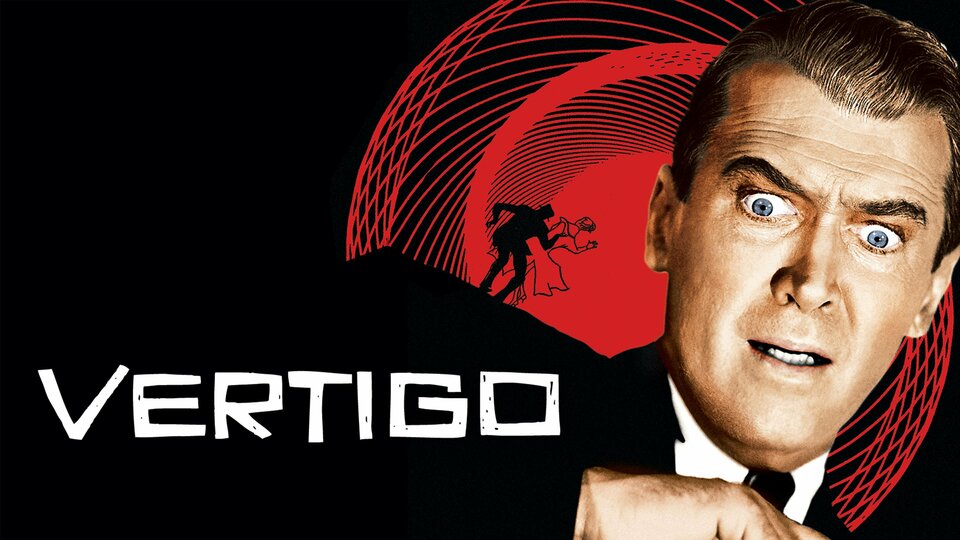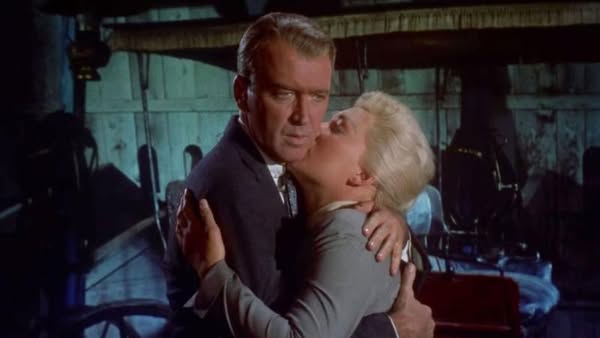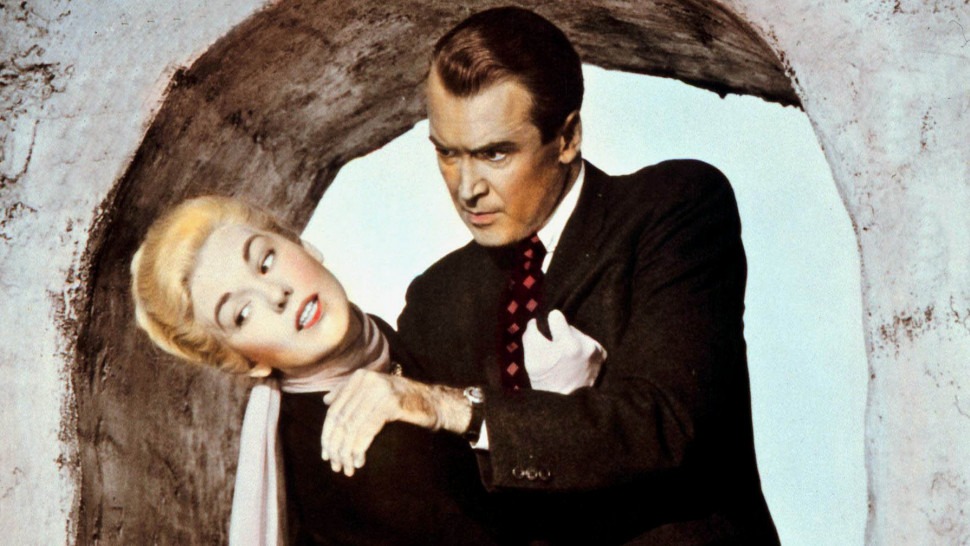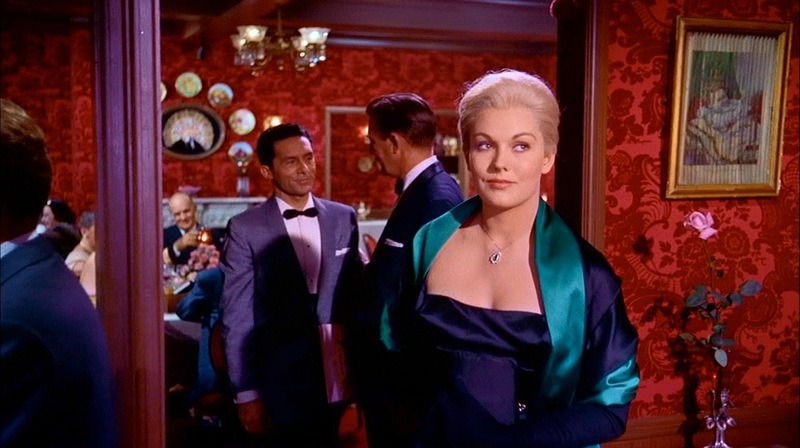Vertigo (1958)

Vertigo (1958) is a psychological thriller directed by Alfred Hitchcock, widely regarded as one of the director’s finest works. The film stars James Stewart as Scottie Ferguson, a retired San Francisco police detective who suffers from acrophobia, a fear of heights. The film’s complex narrative and exploration of obsession, identity, and love, paired with Hitchcock’s masterful direction, have made Vertigo a landmark in the thriller genre. Alongside Stewart, Kim Novak plays the mysterious woman, Madeleine Elster, and Barbara Bel Geddes stars as Midge Wood, Scottie’s ex-fiancée, who remains concerned for him throughout the film.
The plot of Vertigo centers around Scottie, who is hired by a man named Gavin Elster (Tom Helmore) to follow his wife Madeleine, whom he believes may be in danger. As Scottie trails Madeleine, he becomes deeply obsessed with her, believing she embodies an unattainable ideal of beauty and grace. This obsession grows when Madeleine dies under mysterious circumstances, leading Scottie to unravel a complex and disturbing truth. The film’s premise, filled with twists and turns, keeps the audience on edge, as Hitchcock’s direction creates a constant atmosphere of tension and unease.
James Stewart’s portrayal of Scottie is one of his most memorable performances. Initially depicted as a rational, determined man, Scottie’s descent into obsession and madness becomes the core of the film. Stewart captures the character’s vulnerability and inner turmoil as he spirals deeper into his fixation on Madeleine. The tension between his professional duties and his growing obsession makes Scottie a deeply flawed, tragic figure. Stewart’s ability to convey the emotional depth of the character elevates the psychological complexity of the story.

Kim Novak’s performance as Madeleine, and her dual role in the film, is equally captivating. Madeleine is not simply a passive character; she is a construct, a mystery that Scottie attempts to unravel. Novak plays both the ethereal, distant Madeleine and the more grounded, real woman, Judy Barton, with a haunting ambiguity. Her transformation throughout the film—both physical and emotional—creates an eerie sense of deception and illusion. Novak’s portrayal of a woman caught between the roles imposed on her and her true identity is central to the film’s exploration of identity and self-perception.

Hitchcock’s direction and the cinematography by Robert Burks are key to creating the film’s unique atmosphere. Vertigo is known for its striking visual style, particularly the famous “Vertigo effect” or dolly zoom, which visually represents Scottie’s acrophobia and heightens the tension in crucial scenes. The use of color, particularly the contrast between the vibrant reds and greens, adds layers of symbolism to the story, highlighting themes of danger, obsession, and illusion. Hitchcock’s mastery of suspense and his ability to manipulate the audience’s emotions make Vertigo an enduring classic in cinematic history.

At its core, Vertigo is a film about the destructive nature of obsession and the illusions we create about love and identity. The film explores how the past can haunt the present, and how our perceptions of reality can be distorted by emotional desires. It asks profound questions about the nature of self-identity, the ethics of love, and the limits of human desire. Vertigo remains one of Alfred Hitchcock’s most influential films, a work that continues to fascinate and intrigue audiences through its complex characters, intricate storytelling, and groundbreaking cinematography. Its status as a psychological thriller has made it a lasting staple of cinematic achievement.











